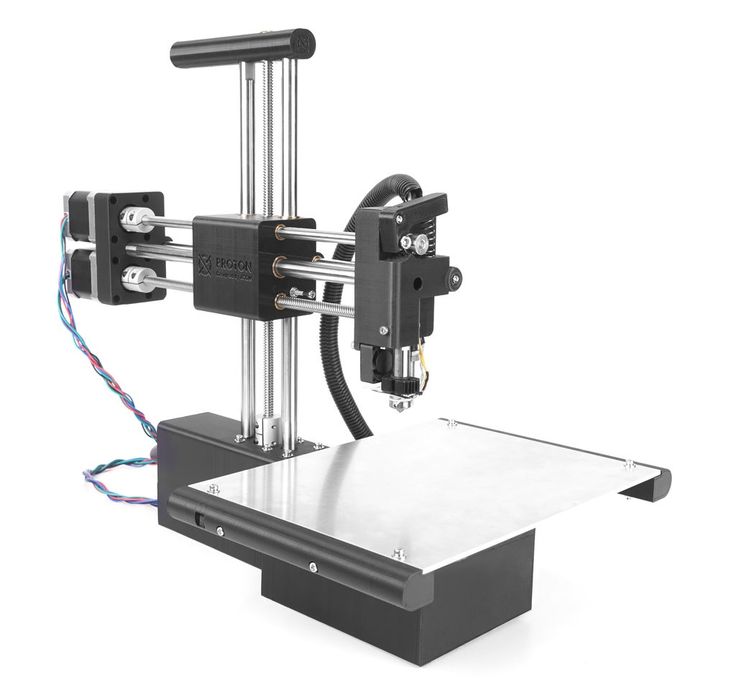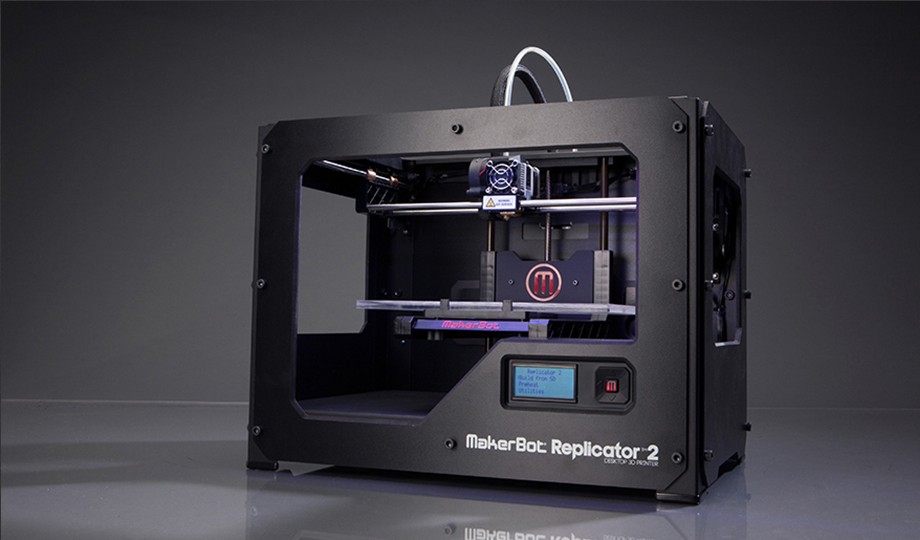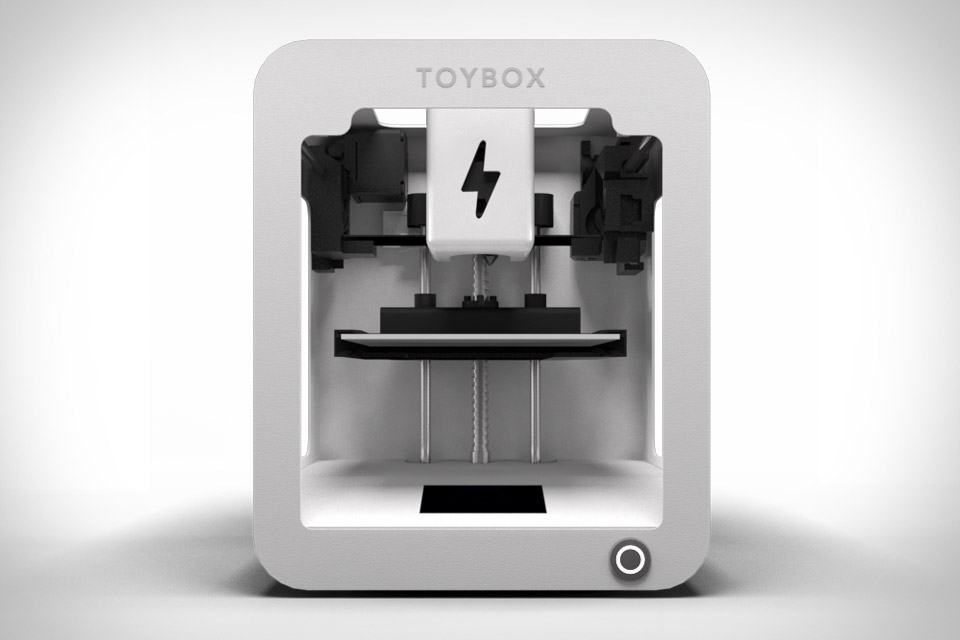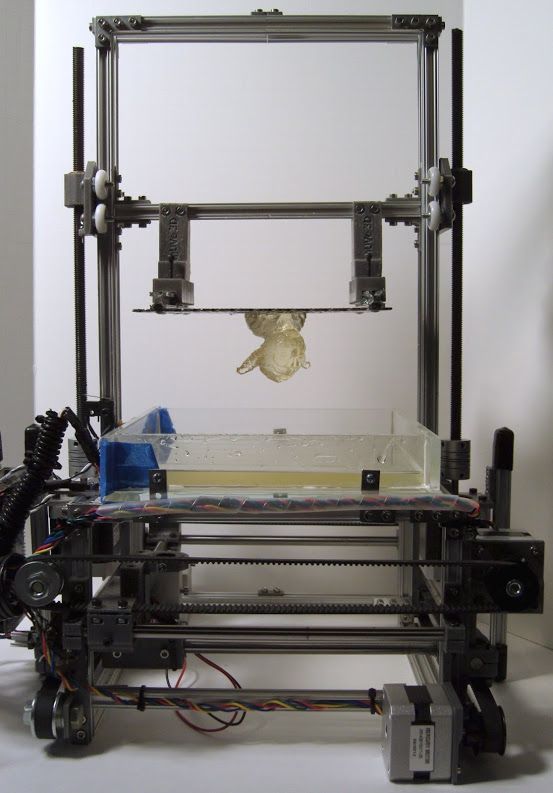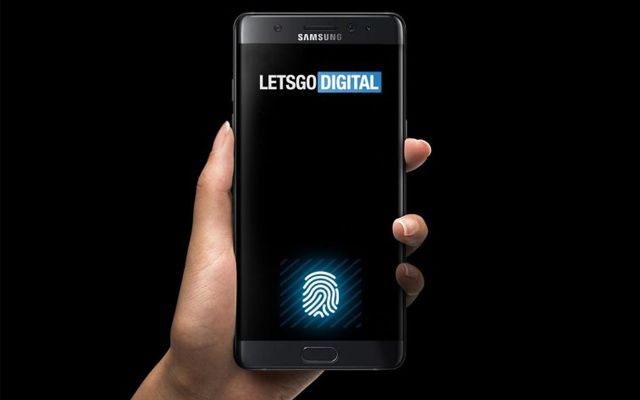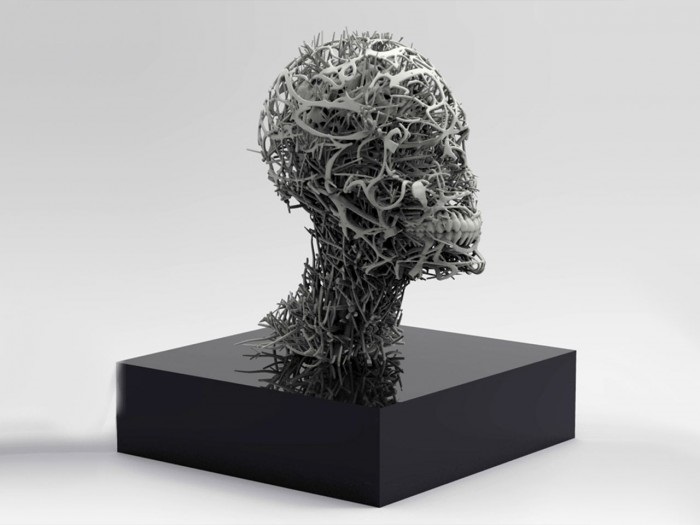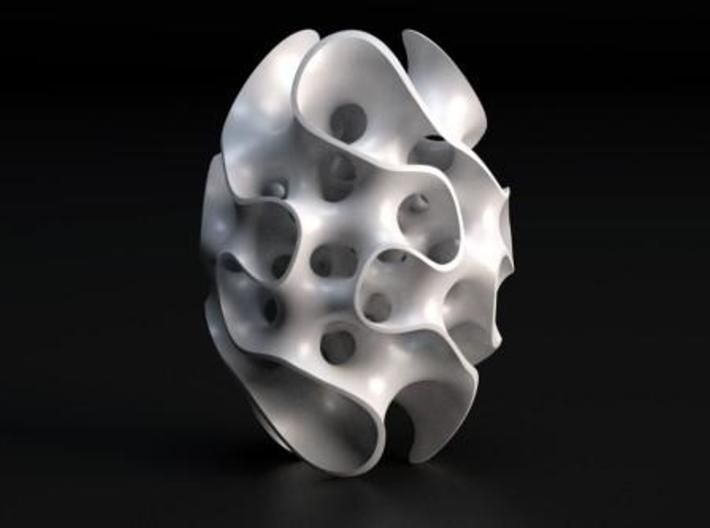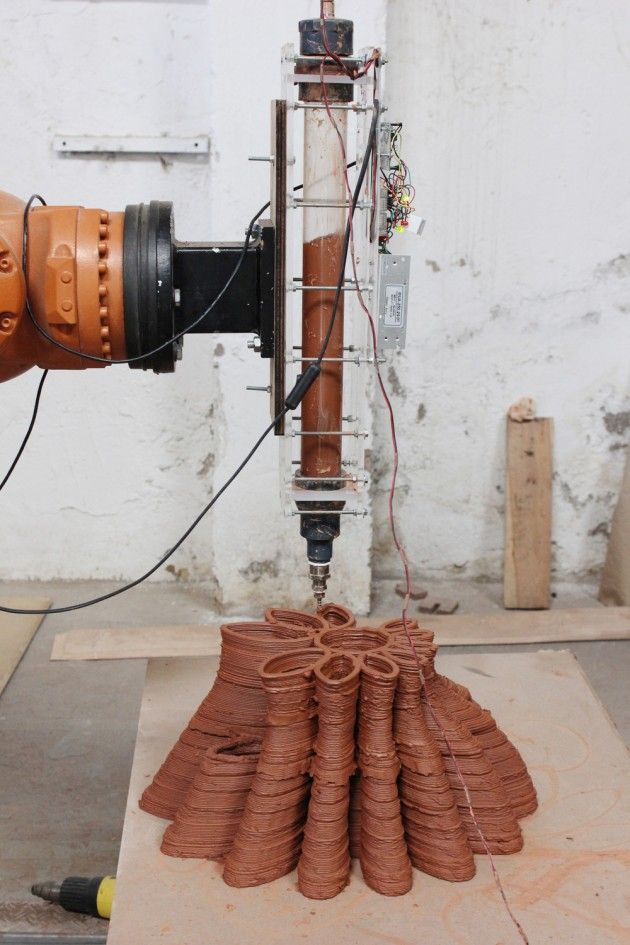3D print software open source
Open source 3D printing toolbox
What is Slic3r?
Features
Compatible with your printer too. RepRap (Prusa Mendel, MendelMax, Huxley, Tantillus...), Ultimaker, Makerbot, Lulzbot AO-100, TAZ, MakerGear M2, Rostock, Mach4, Bukobot and lots more. And even DLP printers.
Fast G-code generation is fast. Don't wait hours for slicing that detailed model. Slic3r is about 100x faster than Skeinforge. It also uses multithreading for parallel computation.
Lots of input/output formats. Slic3r reads STL, AMF and OBJ files while it can output G-code and SVG files.
Do you like the graphical interface or command line? All the features of the user-friendly interface are also available from command line. This allows to integrate Slic3r in your custom toolchain and batch operations as you like.
Open source, open development. Slic3r is open source software, licenced under the AGPLv3 license. The development is centered on GitHub and the #slic3r IRC channel on FreeNode, where the community is highly involved in testing and providing ideas and feedback.
Dependencies? Nah. Slic3r is super-easy to run: download, double click and enjoy. No dependencies needed. Hassle-free. For MacOS X, Windows, Linux.
Print with dual multiple extruders. Print beautiful colored objects, or use your secondary extruder to build support material. Or put a larger nozzle on it and print a faster infill.
Use brim for the best adhesion. This unique feature improves built plate adhesion by generating a base flange around your objects that you can easily remove after printing.
Microlayering: save time, increase accuracy. You can choose to print a thicker infill to benefit from low layer heights on perimeters and still keep your print time within a reasonable amount.
Compose a plate but print one object at time. Use the built-in plating interface that allows to place objects with drag-and-drop, rotate and scale them, arrange everything as you like. The sequential printing feature allows to print one complete object at time in a single print job.
Use the built-in plating interface that allows to place objects with drag-and-drop, rotate and scale them, arrange everything as you like. The sequential printing feature allows to print one complete object at time in a single print job.
Cool cooling strategies. A very smart cooling logic will regulate your fan speed and print speed to ensure each layer has enough time to cool down before next one is laid on it.
Manage multiple printers, filaments and build styles. The configuration handling system was designed for people working with multiple machines and filaments: you can save configurations as presets for each category avoiding to multiply your saved configurations.
Enjoy support material. Automatic generation of support material for overhangs.
Gallery
Links
The RepRap Project
Top 18 of the best open-source CAD software in 2022
3D modeling software are useful for many different applications and could be a great asset for your business. It is a real advantage to develop your project, and it can be used for architectural projects, in the medical field, or even in the fashion sector. Everything is possible. In this blog post we are going to see how a 3D modeling program could help you in your daily work and what an open-source software exactly is. Then, we will see what are the best available open-source CAD software in order to help you find the right CAD tool for your company.
It is a real advantage to develop your project, and it can be used for architectural projects, in the medical field, or even in the fashion sector. Everything is possible. In this blog post we are going to see how a 3D modeling program could help you in your daily work and what an open-source software exactly is. Then, we will see what are the best available open-source CAD software in order to help you find the right CAD tool for your company.
Why should you use CAD software?
3D modeling software could be useful for your company for diverse applications. It can be used by engineers or designers, and even by amateurs. It is becoming a convenient and essential tool to work on designs, prototypes, or to produce 3D printed parts. You can use it to 3D model your parts in order to 3D print them, or just for the visualization of your projects.
Do you need to improve your design process or want to elaborate industrial designs?
These kinds of programs are particularly convenient if you are looking for a new prototyping process.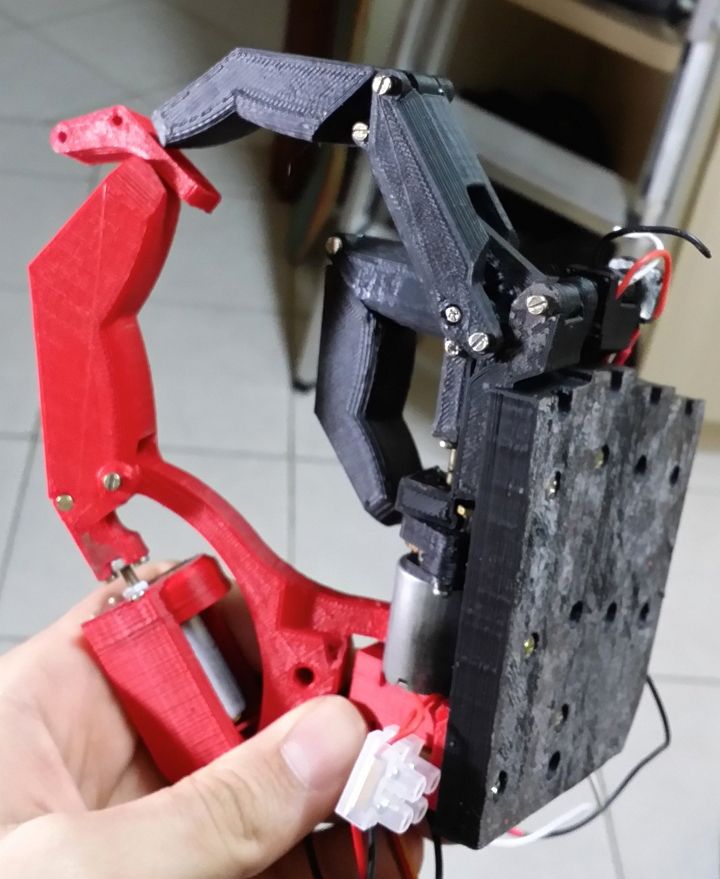 Indeed, prototyping is becoming quite simple while using 3D modeling software and additive manufacturing. You can do many iterations at a lower cost, and you just have to modify your CAD model if you need to change something.
Indeed, prototyping is becoming quite simple while using 3D modeling software and additive manufacturing. You can do many iterations at a lower cost, and you just have to modify your CAD model if you need to change something.
3D modeling software could also be a good solution to get a better visualization of your project or to improve your product design. From technical drawings to advanced 3D models for mechanical engineering, everything is possible if you choose the right CAD tool. We know that there is necessarily a software on the market that will fit your needs, and it may be an open-source software!
What is an open-source CAD software?
Open-Source software has a free public code that can be downloaded and modified by developers. It can be great if you want to add features to specific software in order to improve it and adapt it to the use of your business. All the community can participate in the software development, anyone can write an extension to make the software better. It clearly has a collaborative aspect.
It clearly has a collaborative aspect.
There are various open-source CAD software programs available, that you can download for free. You can use them to create and modify your 3D models and develop your professional projects. Are you interested in starting 3D modeling with open-source CAD software? Let’s see what the best programs are for your business.
The best open-source CAD programs - General open-source software
Here is a selection of the best open-source 3D CAD software for 3D applications. You will mainly find software for advanced users, as these programs are addressed to professionals or programmers.
FreeCAD
FreeCAD is a parametric 3D modeling software. You don’t need previous experience with 3D modeling to use it, but you can totally achieve complex models with it, for engineering or architecture projects. Indeed, it has professional features adapted to work for mechanical engineering. It can be used by anybody: home-users, designers, programmers, and even educators.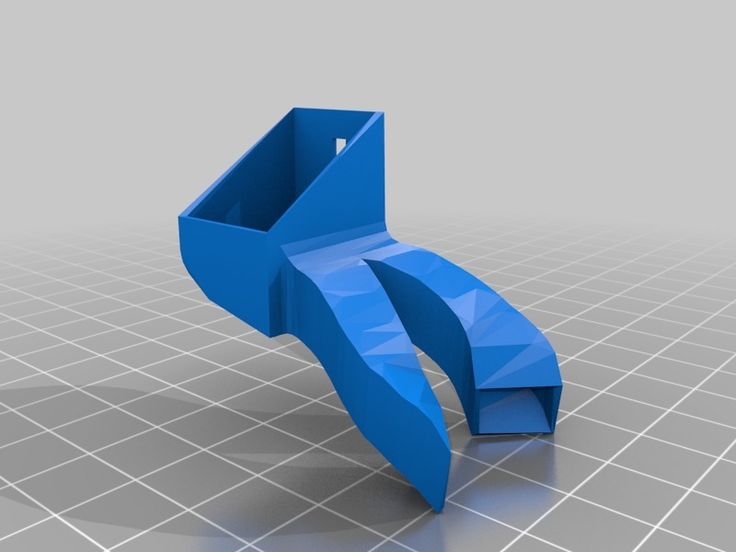
If you need to 3D print your part, check our tutorial to learn how to prepare your 3D model to 3D printing using FreeCAD.
Blender
Blender is a widely used open-source software. It is useful to create various 3D designs, from electronic projects to digital art. It can create impressive models, using polygonal modeling techniques. You can use Blender to create simulations and animations.
You need to be experienced with 3D modeling, but if you need a little help, Blender has a really large community, offering a lot of tutorials.
If you are planning to 3D print your model, check out our tutorial to prepare your design for 3D printing using Blender.
OpenSCAD
OpenSCAD is an open-source parametric software, that can be used to create 2D designs, and 3D models. It is a great tool to make 3D objects designed for additive manufacturing. While using OpenSCAD, you can’t modify directly with your mouse the CAD model that is in the viewer. This software uses its own language.
OpenSCAD is perfect if you need to create accurate models, but you have to keep in mind that it is really programmer-oriented.
Wings 3D
Wings 3D is a free open-source software. It offers a great variety of modeling tools, that could help you with all of your projects. It is a good software to create your CAD models and work on texture and materials. However, it is not the perfect tool if you need a CAD program for animation and rendering.
We have a tutorial that could help you to create your 3D model with Wings 3D.
OpenCascade Technology
OpenCascade Technology is a complete 3D modeling tool: from modeling to visualization, everything is possible. The geometric, topological and visualization algorithms of this program will allow you to create 3D models for any type of sectors, just for visualization, or for manufacturing processes.
SolveSpace
SolveSpace is a parametric 2D/3D modeling software. It is a good tool if you need an open-source CAD software to export your 3D files for 3D printing.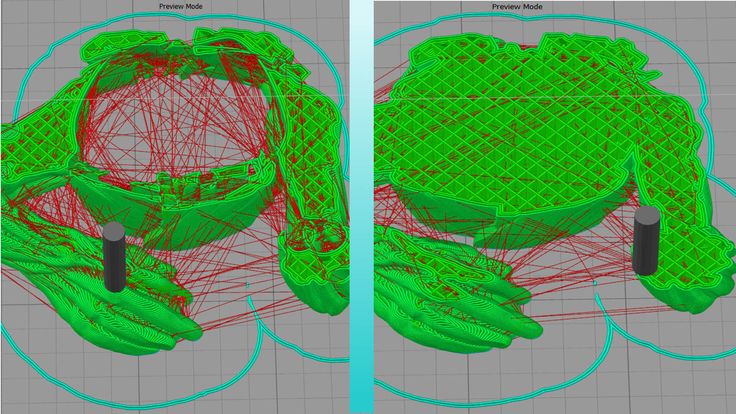 It has all the basic features of a 3D software, and it is possible to make complex designs. You can work on the design of an object or process mechanical simulations with this program.
It has all the basic features of a 3D software, and it is possible to make complex designs. You can work on the design of an object or process mechanical simulations with this program.
Art of illusion
Art of illusion is an animation oriented software. It is an open-source program, allowing to work on 3D modeling, texturing and material, but also able to make some rendering. Art of illusion is a high end animation program, powerful enough to be used professionally.
OpenJSCAD
OpenJSCAD is an open-source CAD program. It is quite similar to OpenSCAD, which we discussed previously in this blogpost, but the difference is that OpenJSCAD is a browser-based program. It is easier to use. Indeed, it is a good solution as you don’t need to install any software to create the 3D model that you want to 3D print.
Moreover, all the features are well explained on the website, you just have to follow the indications to create your own 3D designs.
JS Sketcher
JS Sketcher is a CAD program that you can access with your browser. This open-source parametric modeling software is written in javascript. For the moment, there are not too many features, so it is a simple software to use if you are just beginning with open-source programs, but you will still need a little bit of training at the beginning. This is a really promising software.
This open-source parametric modeling software is written in javascript. For the moment, there are not too many features, so it is a simple software to use if you are just beginning with open-source programs, but you will still need a little bit of training at the beginning. This is a really promising software.
QCAD
QCAD is a free computer-aided design software. It is hosted on GitHub and is open to any contributions. This 2D CAD software offers a wide range of CAD tools. This CAD program can be extended through its complete ECMAScript (JavaScript) interface.
BRL CAD
This CAD tool software has been developed by Mike Muuss at the Army Research Laboratory and used by US military. They used it for academic, industrial, or even health applications. This solid modeling system has been around since 1984, it simply became an open-source project in 2004.
It is now possible to use this program for engineering or graphic applications.
LibreCAD
LibreCAD is a free open-source CAD with a large community of users, contributors, and developers.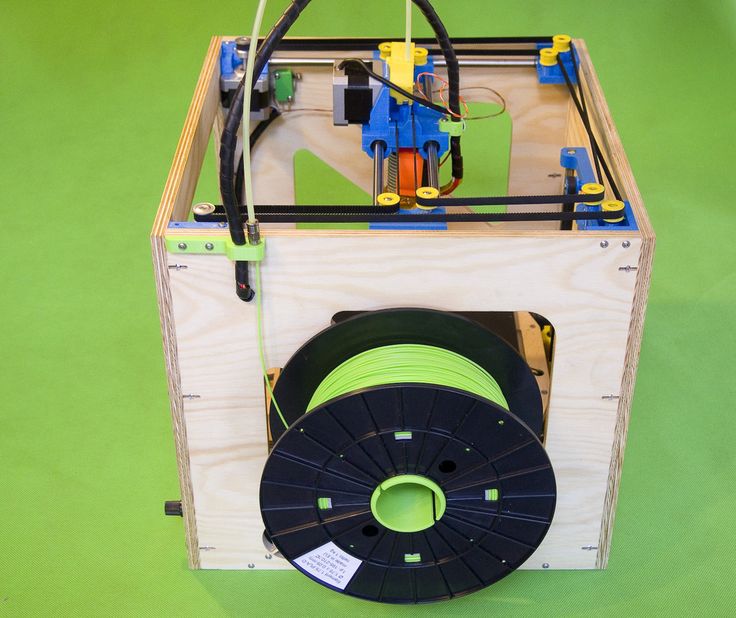 This 2D CAD software is really complete and useful for laser cutting projects, for example. The source code can be downloaded directly from GitHub.
This 2D CAD software is really complete and useful for laser cutting projects, for example. The source code can be downloaded directly from GitHub.
Salome
The open-source CAD software Salome works with Microsoft as well as Linux. It offers a wide range of different tools like sculpting and shaping. The user can also benefit from many already existing shapes, fields, or meshes in 3D. Salome can be used by users from any level.
LeoCAD
LeoCAD is a great open-source CAD software for all levels and offers a simplistic approach to the design process of a 3D model. This CAD software is available for macOS, Linux as well as Microsoft.
The best open-source CAD programs - Specific open-source applications
Makehuman
If you are looking for an open-source software for chara-design: you have to try Makehuman! It has an intuitive interface, and perfect software tools for beginners. It is allowing you to use parametric modeling to create your characters, and to work on body proportion, faces, eyes, etc. This software offers a lot of possibilities, but you will not be able to create realistic 3D models with this CAD program
This software offers a lot of possibilities, but you will not be able to create realistic 3D models with this CAD program
http://www.makehuman.org/
OpenFX
OpenFX is a 3D modeling software, it has a powerful feature set. This open source software is majoritarly used for chara-design. OpenFX is a flexible program, offering you a lot of possibilities in terms of chara-design. For example, you can make good skeleton structures and skinning with this 3D software. You can even simulate actions with the character that you’ve created, to see how your design reacts.
MolView
MolView is a molecular modeling software. It is a free web-application, with a steep learning curve, so it is possible to use it even if you have no previous CAD experience. This open-source program allows to create various projects such as structural formulas, simulation of proteins, etc.
You can watch the video below to get more information about this software:
OpenVSP
Open VSP (Vehicle Space Pad) is an open-source software for aircraft.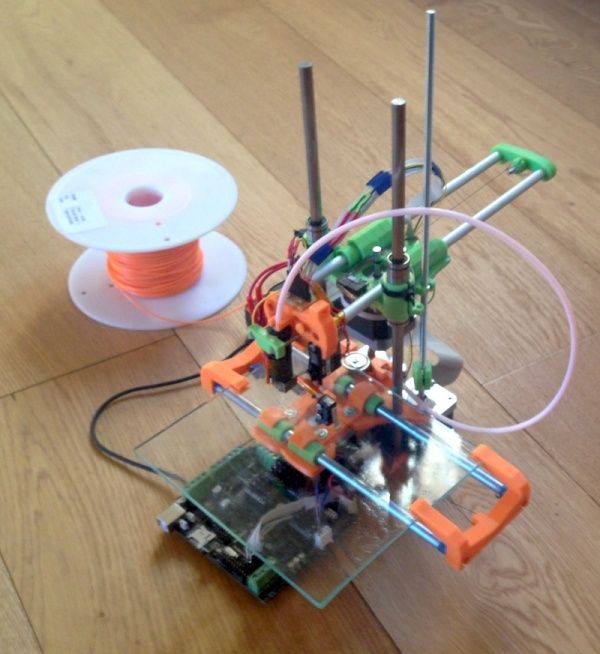 It has been developed by NASA. This is a serious and intuitive tool that will allow you to create CAD models easily and create accurate designs and mechanical overview for all your aircraft projects.
It has been developed by NASA. This is a serious and intuitive tool that will allow you to create CAD models easily and create accurate designs and mechanical overview for all your aircraft projects.
If you are just getting started, here is a tutorial for you to discover the basic CAD software options of OpenVSP:
Which open-source software do you choose?
We hope that this top will help you to find the perfect open-source CAD software for your project. If you already have a 3D model, and want to try additive manufacturing, you can upload your 3D model right now on our online 3D printing service. You will access our 3D printers, allowing you to create amazing 3D printing projects.
If you want to read more about 3D modeling software and 3D printing, don’t forget to subscribe to our newsletter.
Top 20 Free 3D Printing & 3D Printing Software
Looking for 3D printing software? We've rounded up the top 20 software tools for beginners and professionals alike. Most slicers are free.
Most slicers are free.
What is a slicer? This is a program for preparing a digital model for printing. Models for 3D printing are usually distributed in STL files. To turn an STL file into G-code (a language that a 3D printer understands), a slicer program is required. It is called a slicer because it cuts (to slice - English) a 3D model into many flat two-dimensional layers, from which a 3D printer will add a physical object.
Which slicer should I choose? In this article, we will tell you which slicer is best for 3D printing for each stage of your work. Which one is better for preparing a 3D model for printing? But what if you need to create a 3D model from scratch? And if you are only taking the first steps in 3D?
Don't be afraid: we've answered all of these questions, including the required skill level for each program and where you can download it. The great thing is that most of these programs are completely free and open source.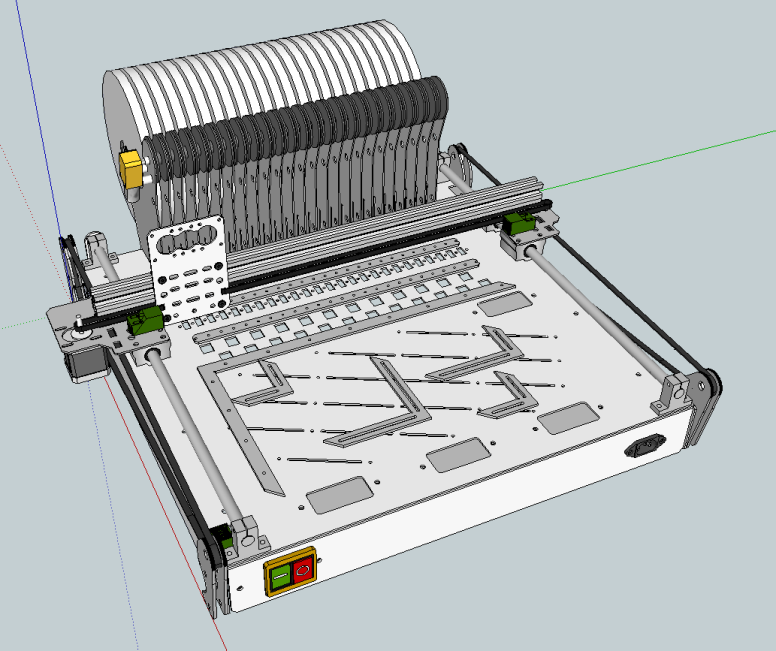
- Cura
- CraftWare
- 123D Catch
- 3D Slash
- TinkerCAD
- 3DTin
- Sculptris
- ViewSTL
- Netfabb Basic
- Repetier
- FreeCAD
- SketchUp
- 3D Tool
- Meshfix
- Simplify3D
- Slic3r
- Blender
- MeshLab
- Meshmixer
- OctoPrint
#1: Cura
For beginners who need a slicer to prepare STL files for 3D printing
Cura is the default slicer software for all Ultimaker 3D printers, but can be used with most others , including RepRap, Makerbot, Printrbot, Lulzbot and Witbox. The program is completely open source, its capabilities can be extended using plugins.
This program is very easy to use and allows you to manage the most important 3D printing settings through a clear interface. Start in Basic mode to quickly get up to speed and change print quality settings.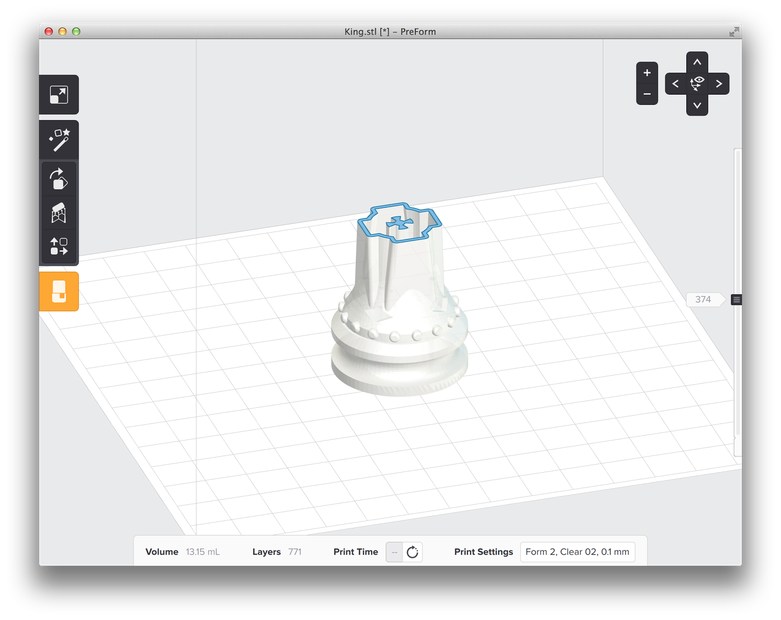 If finer control is required, switch to Expert mode.
If finer control is required, switch to Expert mode.
Cura can also be used to directly control the printer, but then the printer and computer must be connected to each other.
Download: Cura
Price: Free
Systems: PC, Mac, Linux
#2: CraftWare
3D printers by the Hungarian startup CraftUnique to support their CraftBot crowdfunding machine. However, the program works with other printers.
Like Cura, CraftWare allows you to switch from "Easy" to "Expert" mode, depending on how confident you feel. It's a colorful app that features a visual G-code visualization with each function represented by a different color. But the most outstanding feature is the individual support service. As far as we know, only the paid program Simplify3D has this.
Please note, however, that this program is still in beta, so bugs may occur.
Download: CraftWare
Price: Free
Systems: PC, Mac
#3: 123D Catch
-systems, smartphones and tablets, which allows you to convert images of objects into a 3D model.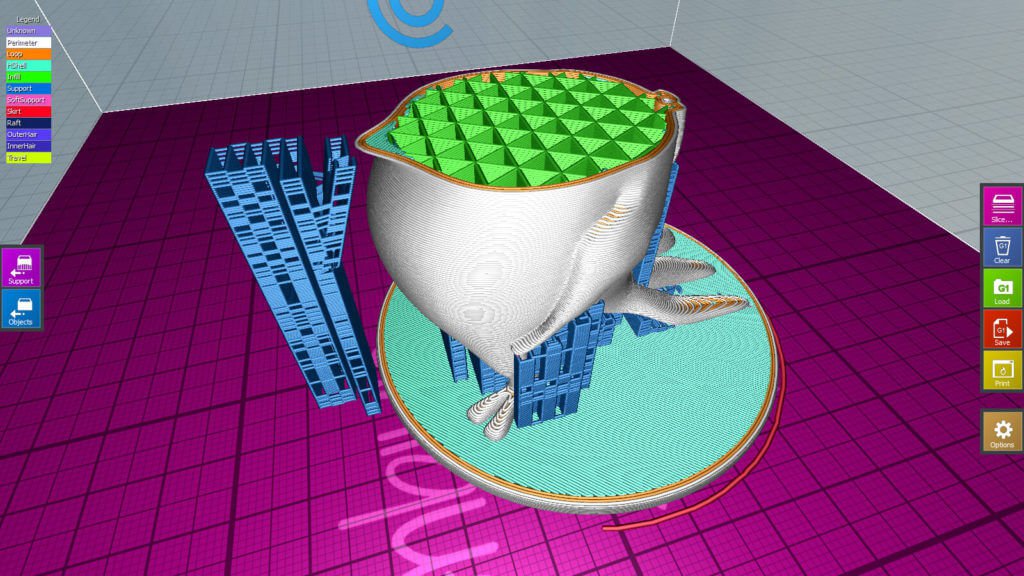 Pictures can be taken with a smartphone/tablet or digital camera.
Pictures can be taken with a smartphone/tablet or digital camera.
You need many photos of the object from different angles - the more the better - after which they will be compiled into a 3D model.
123D Catch is more of a fun app than a professional 3D printing tool, but after some tambourine dancing, you can get good results, especially when paired with an STL editor like MeshLab or Meshmixer.
Price: Free
Systems: PC, Android, iOS, Windows Phone
#4: 3D Slash
and surprisingly simple, and refreshingly new. With 3D Slash, you can design 3D models using your dice skills.
You can start with a large block and, like a virtual sculptor, remove small cups from it with tools such as a hammer or drill, or start from empty space and build a model from cubes and other shapes. You can paint with flowers or use template pictures.
Other features worth mentioning are tools for creating logos and 3D text. The Logo Wizard imports an image and creates a 3D model, while the Text Wizard allows you to enter and format text, and then turn it into 3D.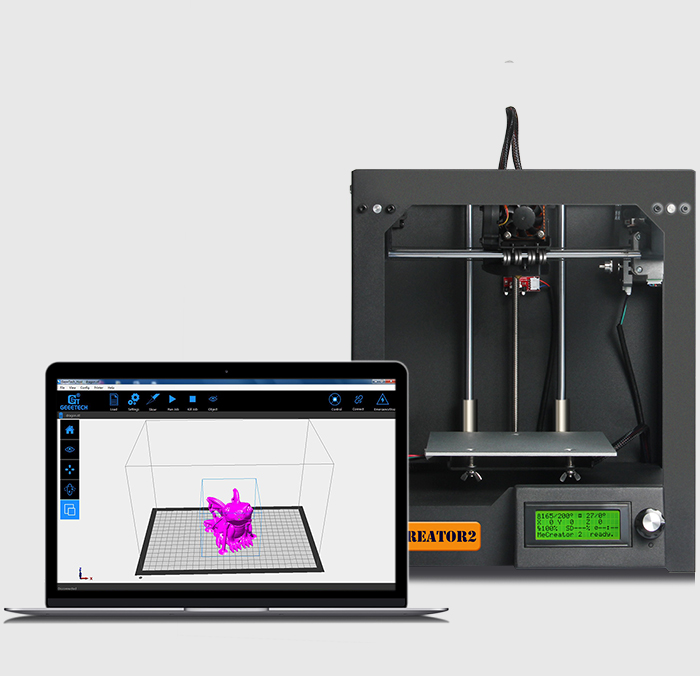
Recommended!
Download: 3dslash.net
Price: Free
Systems: PC, Mac, Linux, Browser
#5: TinkerCAD
- A computer-aided design (CAD) system for 3D printing, which is a good starting point for beginners. Since its capabilities are limited compared to Blender, FreeCAD and SketchUp, many users switch to more powerful tools after some time.
As in 3D Slash, here you can build models from basic shapes. At the same time, unlike 3D Slash, TinkerCAD allows you to create vector shapes in 2D and convert them into three-dimensional models.
Come in: Autodesk TinkerCAD
Price: Free
Systems: Browser
#6: 3DTin
For beginners who want to create 3D printable models
another easy and intuitive online tool choice for beginners in 3D modeling. All you need is a Chrome or Firefox browser with WebGL enabled.
Choose from a huge library of 3D shapes and add them to your sketch.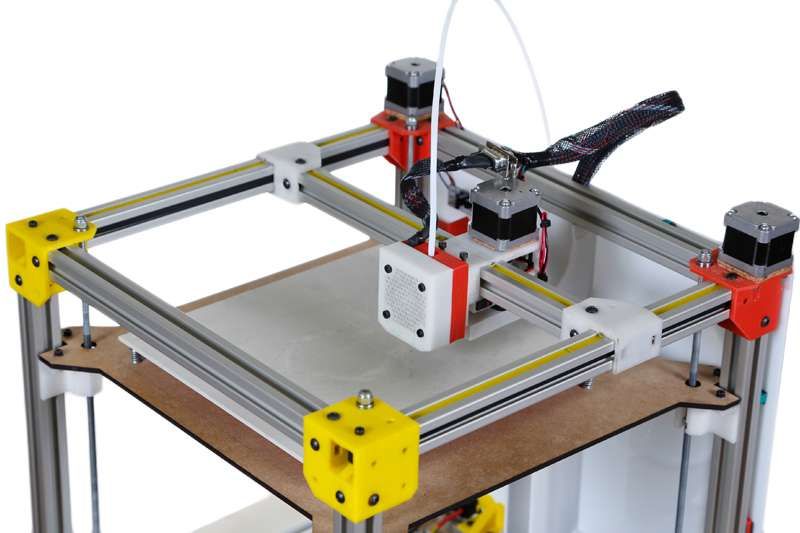 All sketches are stored in the cloud, access to them is free if you honor the Creative Commons license. Everything can be exported to STL or OBJ formats.
All sketches are stored in the cloud, access to them is free if you honor the Creative Commons license. Everything can be exported to STL or OBJ formats.
Enter: 3DTin
Price: Free
Systems: Browser
#7: Sculptris
For beginners who want to create 3D printable models
clay. This is a fantastic 3D modeling program if figurines are your main task. For example, you can make a bust of your favorite video game or comic book character. Sculptris is completely free and bills itself as a stepping stone to the more complex (and expensive) ZBrush tool.
Download: Pixologic Sculptris
Price: Free
Systems: PC, Mac
#8: ViewSTL
For beginners who want to view STL files
ViewSTL is the easiest way to view STL files . Simply open a web page and drag the STL onto the dotted box.
The STL online viewer allows you to display the model in one of three views: flat shading (for a quick view), smooth shading (for a high-quality image), and wireframe.
Enter: ViewSTL
Price: Free
Systems: Browser
#9: Netfabb Basic
some nice features that allow you to analyze, "repair" and edit STL files before moving on to the model cutting stage.
A good choice if you need more than just a slicer and want to be able to quickly fix STL files without having to learn programs like MeshLab or Meshmixer.
Don't let the 'Basic' in the title fool you, Netfabb Basic is actually a very powerful 3D printing tool. It's "basic" only in the sense that it doesn't cost €1,500 like Netfabb Professional!
Download: netfabb.de
Price: Free
Systems: PC, Mac, Linux
No. 10: Repetier
For advanced to prepare STL files for 3D printing
9002 the next level of 3D printer slicer software, but if you want to stay open source, you should look into Repetier. It is the great grandfather of 3D printing software and a favorite of the RepRap community. To date, the program is moving by leaps and bounds from the level for beginners to advanced users. Packaged in an all-in-one configuration, it supports up to 16 extruders, multi-slicing via plug-ins, and virtually every fusing 3D printer on the market. Get ready to tinker!
Packaged in an all-in-one configuration, it supports up to 16 extruders, multi-slicing via plug-ins, and virtually every fusing 3D printer on the market. Get ready to tinker!
What's more, Repetier Host works remotely via Repetier Server, so that the 3D printer can be controlled via a browser, tablet or smartphone.
Download: Repetier
Price: Free
Systems: PC, Mac, Linux
#11: FreeCAD
The program is a great option for developing your design skills. More technically, this parametric 3D modeling program allows you to easily change the project by rolling back through the history of the model and editing the parameters.
Download: freecadweb.org
Price: Free
Systems: PC, Mac, Linux
#12: SketchUp
For beginners who want to create 3D printable models
SketchUp is the perfect combination of simplicity and the perfect combination functionality, with a user-friendly interface and a relatively flat learning curve (i.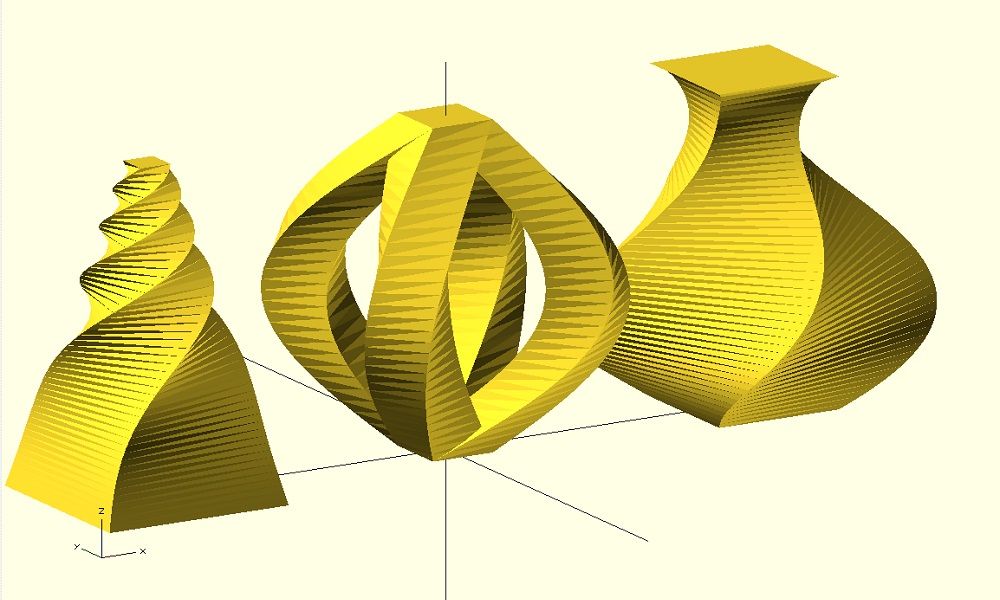 e., as experience grows with the time spent), the ideal program for developing three-dimensional models.
e., as experience grows with the time spent), the ideal program for developing three-dimensional models.
The Make SketchUp version is free and will include everything you need for 3D modeling if you also download and install the free STL exporter. There is also a professional edition for architects, interior designers and engineers.
Download: sketchup.com
Price: Free (SketchUp Make), $695 (SketchUp Pro)
Systems: PC, Mac, Linux
#13: 3D-Tool Free Viewer
view and validate STL files
3D-Tool Free Viewer is a sophisticated tool that, among other things, allows you to check the structural integrity and printability of your file. With the Cross-Section function, for example, you can look at the model from the inside and check the wall thickness. Very useful if you want to check your STL file for killer errors before printing.
Download: 3D-Tool
Price: Free
Systems: PC
#14: Meshfix
your model for errors.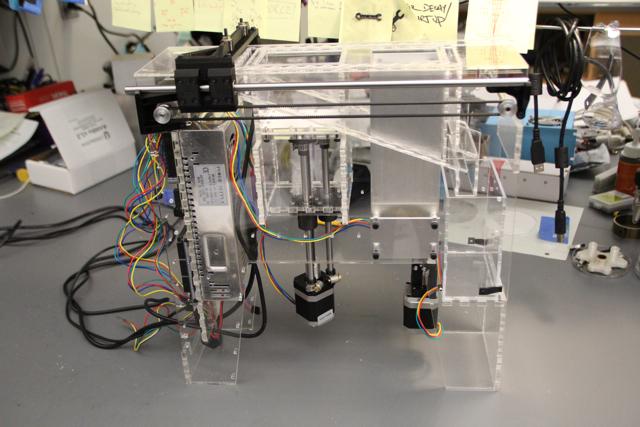
Price: Free
Systems: Browser
#15: Simplify3D
For professionals to prepare STL files for 3D printing print. A flexible algorithm checks the model for problems, fixes them, shows a preview of the printing process (ideal for identifying potential problems), and then slices it.
This slicer offers the best infill pattern options in the competition. For models that require supports, Simplify3D will create the appropriate structures on its own and give you full control over their placement. For printers with a dual extruder, when printing with different materials, the Dual Extrusion wizard will help, as a result of which, for example, it will be easier to remove the dissolving filament.
Simplify3D supports 90% of today's commercially available desktop 3D printers and is compatible with Marlin, Sprinter, Repetier, XYZprinting, FlashForge, Sailfish and MakerBot firmware. Simplify3D can also be used to directly control the printer, but then the printer and computer must be connected to each other.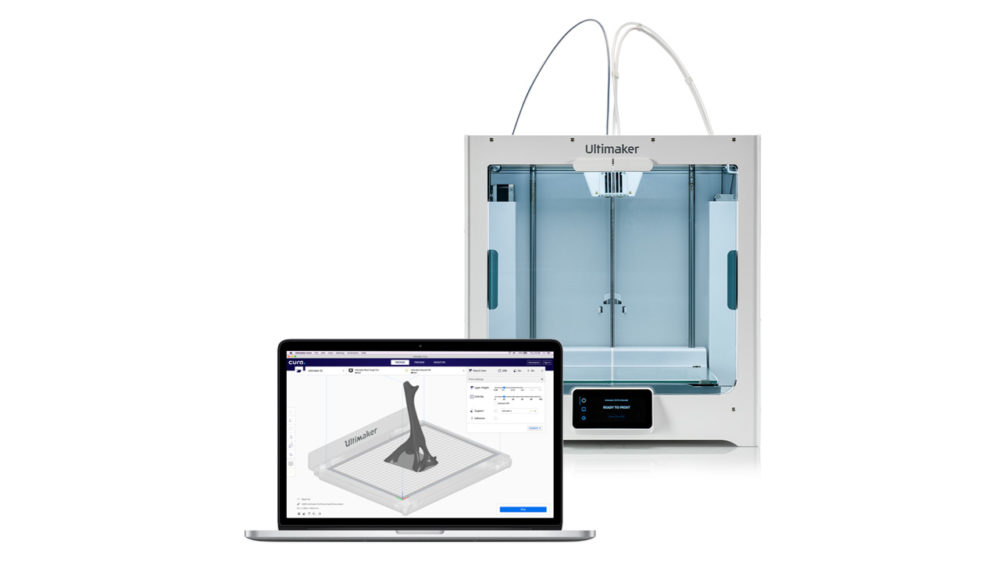
Download: simplify3d.com
Price: $149
Systems: PC, Mac, Linux
#16: Slic3r
source code, which has a reputation as a carrier of super new functionality, which you will not find anywhere else. The current version of the program is able to show the model from multiple angles, so that the user gets a better preview experience.
There's also an incredible 3D honeycomb infill, the first of its kind that can extend over multiple layers rather than repeating itself like a stamp. This significantly increases the strength of the internal filling of the model and the final printout.
Another option is direct integration with Octoprint. Once the files on the user's desktop are sliced, they can be directly uploaded to Octoprint with one click.
Download: Slic3r
Price: Free
Systems: PC, Mac, Linux
#17: Blender
For professionals who want to create 3D printable models
Blender is a popular computer-aided design (CAD) system with a steep learning curve.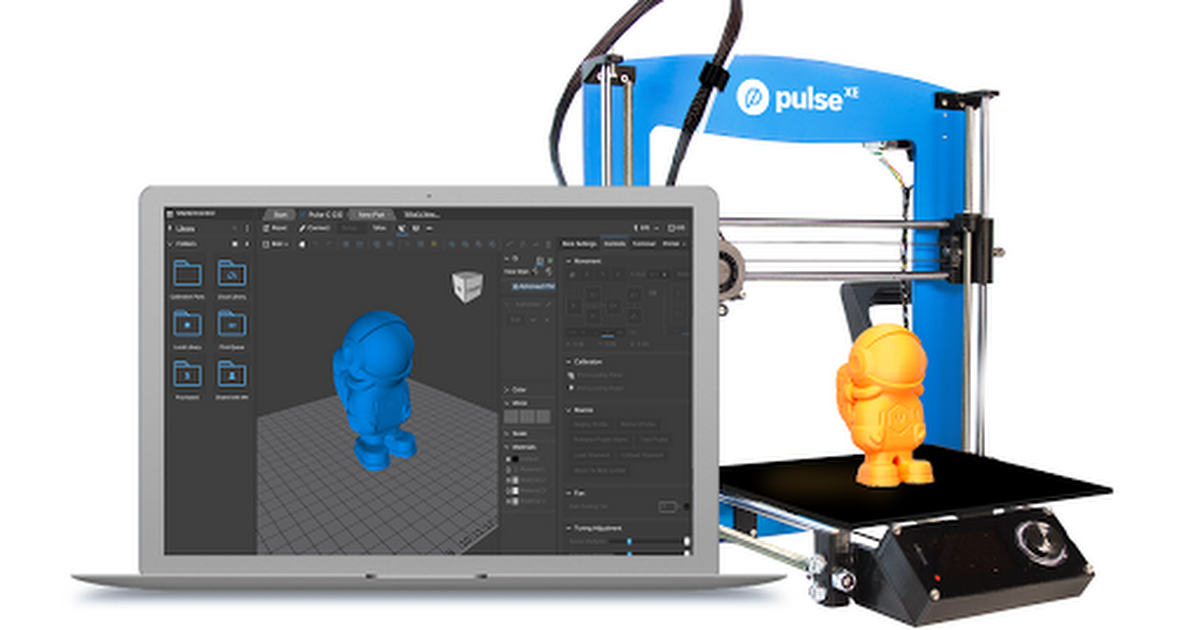 Not at all the best choice for beginners, but what you need if you are quite experienced and need something more complex for modeling and printing.
Not at all the best choice for beginners, but what you need if you are quite experienced and need something more complex for modeling and printing.
In short, Blender is one of the most powerful tools out there. Its community is always ready to help, there are a lot of educational materials. It's also open source, so enthusiasts often write extensions to make it even better and more powerful.
Download: blender.org
Price: Free
Systems: PC, Mac, Linux
#18: MeshLab
For professionals to prepare STL files for 3D printing
MeshLab - advanced editor. It allows you to remove parts of a 3D model, merge two models into one, patch holes. If you need a program to modify models for 3D printing or some kind of "repair" work, MeshLab is the right choice.
Price: Free
Systems: PC, Mac, Linux
#19: Meshmixer
For professionals to prepare STL files for 3D printing files. It's especially good for identifying potential problems and fixing them automatically.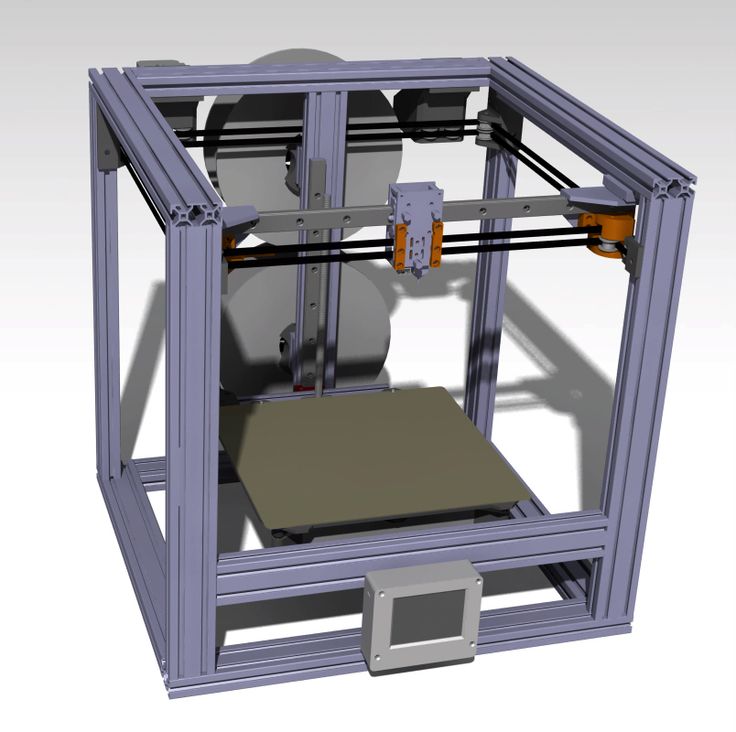 For example, it will show paper-thin walls that can lead to problems with 3D printing. Meshmixer is part of the Autodesk family of 3D printer software, so it should work well with tools like TinkerCAD.
For example, it will show paper-thin walls that can lead to problems with 3D printing. Meshmixer is part of the Autodesk family of 3D printer software, so it should work well with tools like TinkerCAD.
Price: Free
Systems: PC, Mac
#20: OctoPrint
start, pause or interrupt 3D print jobs. Combined with Wi-Fi capable devices, it makes for a great monitor for remotely monitoring the 3D printing process.
Octoprint understands the G-codes of almost all 3D printers and slicers and includes a gCodeVisualizer to visualize this code before or during printing.
If you want to work away from your 3D printer and control it remotely, Octoprint is the best you can find.
Download: octoprint.org
Price: Free
Systems: PC, Mac, Linux
Source
Top 14 3D Printing Software
3D printing technology has improved dramatically over the past decade. And now it is taking by storm more and more sectors of the economy.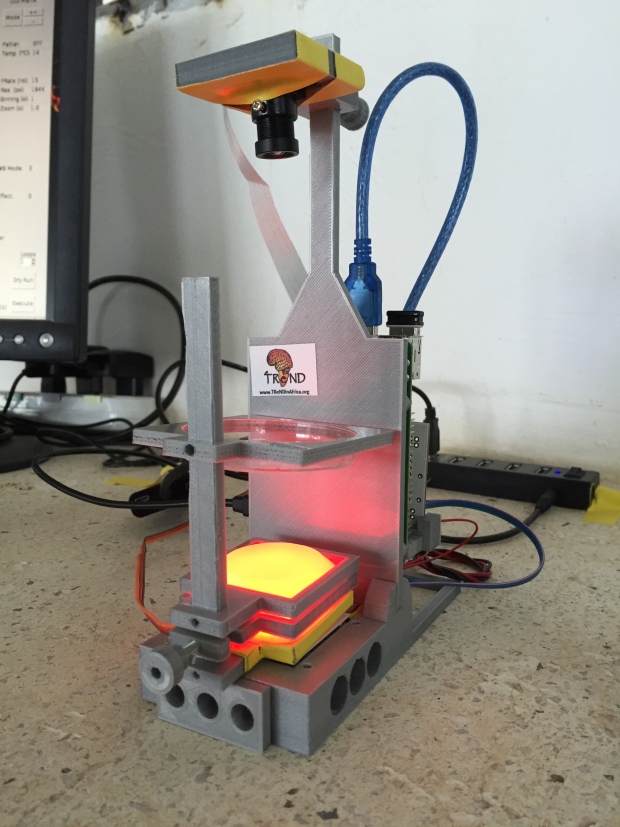 So far, it has been successfully used in various fields, ranging from medicine and manufacturing to socio-cultural sectors.
So far, it has been successfully used in various fields, ranging from medicine and manufacturing to socio-cultural sectors.
However, 3D modeling is not easy to master. It can sometimes become frustrating to work with 3D modeling tools, and if you're new, designing and printing a simple structure can take days or even weeks.
Below you will find easy-to-use 3D printing tools that feature innovative design, extraordinary features and seamless integration with computer hardware. We have provided all the information about the skill level and where they can be downloaded.
14. Sculptris
Price: Free
Platform: Windows / macOS
Sculptris is a virtual sculpting tool that mainly focuses on the concept of clay sculpting. This would be a great choice if your project revolves around creating statues or characters from comics and video games.
Even though the tool is aimed at beginners, it still contains many incredible features that make 3D sculpting very easy. For example, in Sculpt mode, you can edit mesh geometry with simple brush strokes. In paint mode, you can easily draw textures (with brushes) wrapped around the mesh surface.
For example, in Sculpt mode, you can edit mesh geometry with simple brush strokes. In paint mode, you can easily draw textures (with brushes) wrapped around the mesh surface.
Sculptris regularly analyzes the surface of the model to make sure details are projected correctly and automatically adds polygons as needed.
All in all, it provides an impressive gateway to the 3D world. You can create basic models and then refine them in other advanced programs such as ZBrush. In fact, Sculptris is made compatible with ZBrush, so users can import their work into advanced 3D tools when they're ready to take their designs to the next level.
13. Wings 3D
Price: Free
Platform: Windows / macOS / Linux
Wings 3D is an open source program that uses an internal data structure to store coordinates and adjacency data. There are four different selection modes for modifying model geometry: Edge, Vertex, Face, and Body.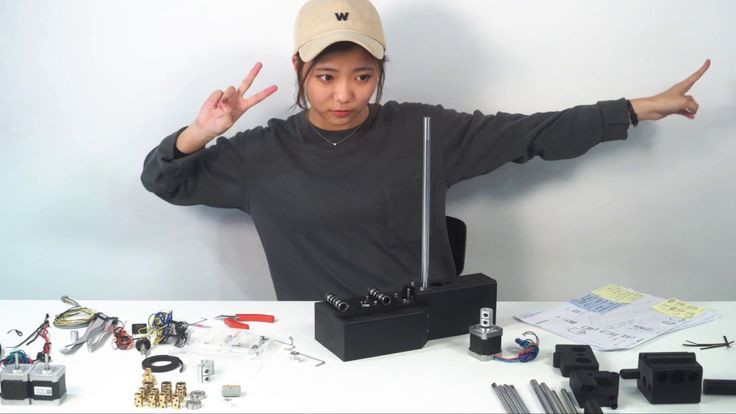 Each has its own set of mesh tools that offer both basic and advanced features.
Each has its own set of mesh tools that offer both basic and advanced features.
Standard tools (such as move, scale, rotate, bevel, bridge, cut and weld), virtual mirror (for symmetrical modeling) and smooth preview make it easy to create a 3D model.
Although it does not support animation, you can use it to create medium range polygon models and add textures and materials using AutoUV renderers and OpenGL rendering. After that, you can export the file to external rendering programs such as YafRay and POV-Ray.
12. Vectary
Price: free/premium version starts at $9 per month
Platform: web browser
Vectary provides an easy and intuitive way to get started with creating 3D and AR content ). It comes with a large, fast-growing library of free scenes and models, so you don't have to spend a lot of time speeding up your 3D work.
There are many high quality pre-selected and lit scenes for product shots, abstract graphic backgrounds and a wide range of fully textured materials, from wood and fabric to frosted glass and pavement.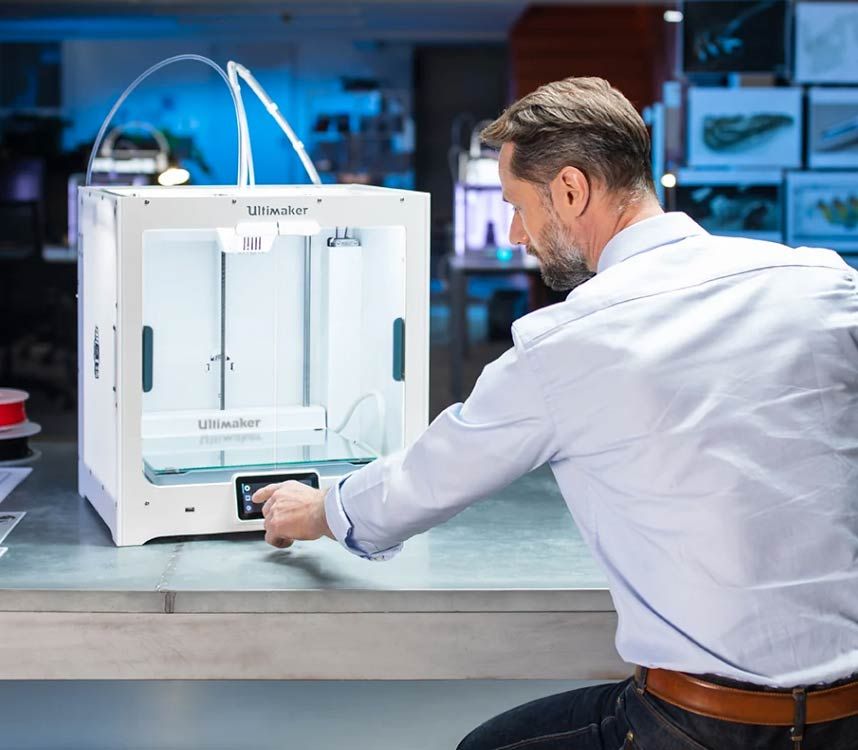
Vectary also has viewport navigation, subdivision modeling, composition abstractions, lightning, and rendering. All of them are tuned to optimize your creative expression. You can create your first short with simple drag and drop and get realistic results in minutes.
11. Slic3R
Price: FreePlatform: Windows/macOS/Linux
Slic3r is an open source 3D engine that generates G-code from 3D CAD files (OBJ, STL, AMF and 3MF ). It is capable of processing complex models, generating infill patterns, and estimating G-code printing times.
The software is equipped with many configuration options that allow users to customize and fully control their projects. You can integrate Slic3r with server applications or use it from the shell (via a powerful command line interface).
Users can choose to print thicker infill to take advantage of the low layer height around the perimeter while still keeping print time within the required amount.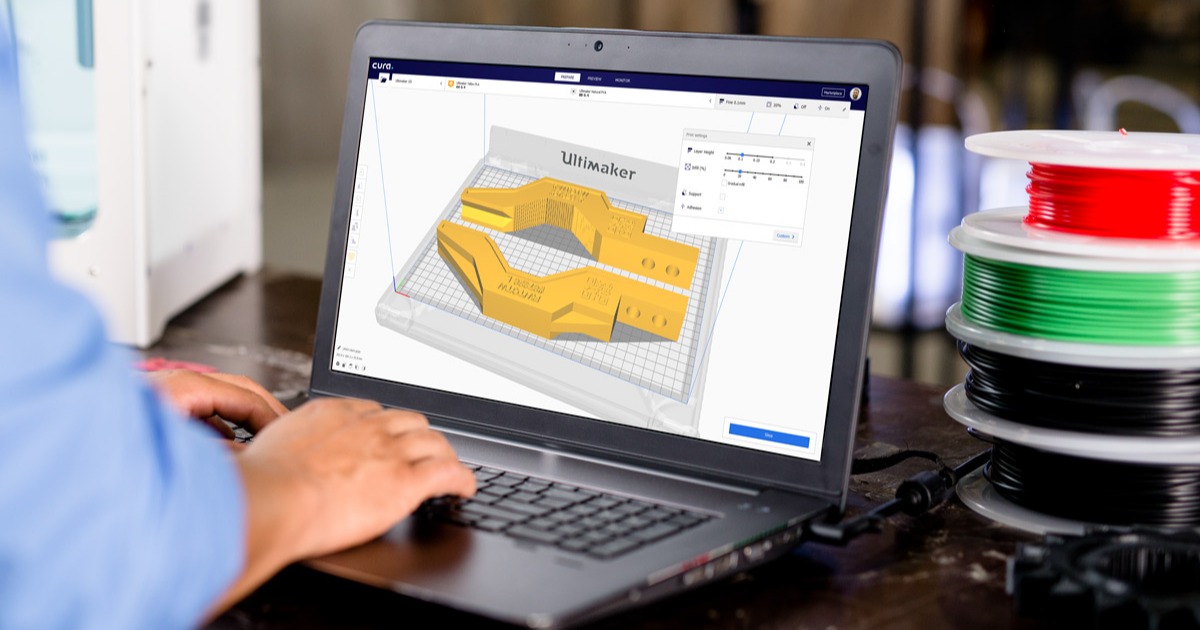 Slic3r will control the print speed so that each layer gets enough time to cool before applying the next layer.
Slic3r will control the print speed so that each layer gets enough time to cool before applying the next layer.
10. PrusaSlicer
Price: free
Platform: Windows | macOS | Linux
PrusaSlicer comes from a forked version of Slic3r. It has everything you need to create a 3D object: an intuitive interface, convenient keyboard shortcuts, and various controls that make it easy to scale, rotate, cut, and move objects.
When you install the software, you will find several modes to adjust the settings depending on your skill level. With the built-in Support Enforcer, you can selectively apply supports to individual objects. You can even choose the layer height for each part of the object individually.
PrusaSlicer will automatically take care of the smoothing, so the output looks its best and print times remain acceptable. It can be used for model slicing for both FDM (deposition deposition modeling) and resin printers.
9. OnShape
Price: from $1500 per user per year | Free for teachers and students
Platform: Web browser | iOS | Android
OnShape is a one-stop product development platform that brings all your stakeholders together in a single, secure cloud workspace. It makes extensive use of cloud computing, with CPU-intensive processing and rendering performed on internet servers.
It is specifically designed for professional users who want version control and better collaboration. Team members can manage projects without keeping copies or tracks of different file versions. Perhaps the most impressive feature of this tool is its ability to help executives make better business decisions with real-time analytics.
This tool has proven itself in many industries including 3D printing, mechanical equipment, machine parts, medical devices, consumer electronics, industrial equipment.
Although the standard version costs $1,500 per year, it is free for teachers and students.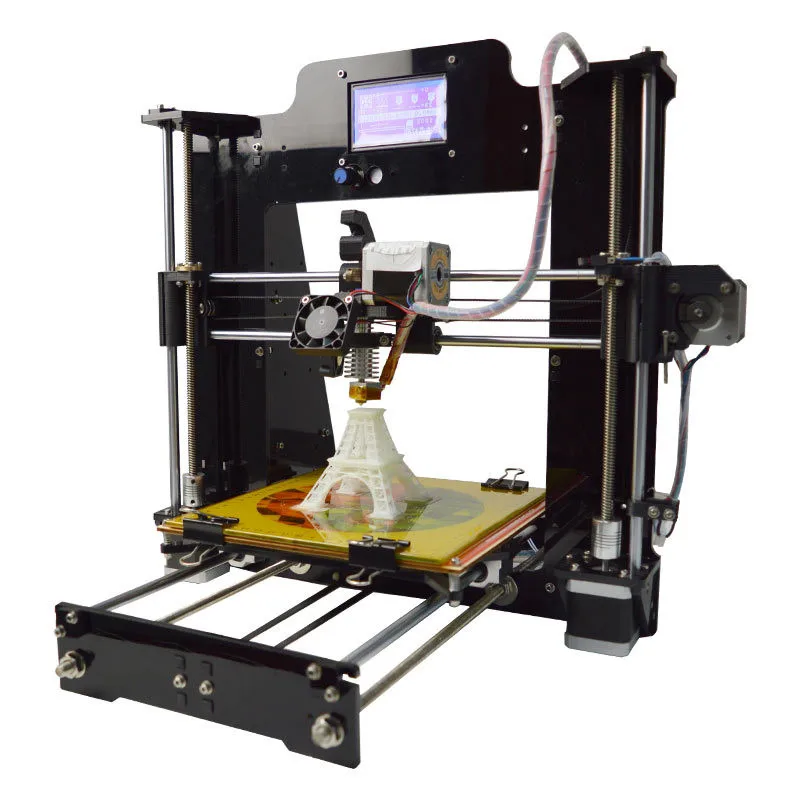 If you're a hobbyist, you can also use it for free for non-commercial projects in the open source public workspace.
If you're a hobbyist, you can also use it for free for non-commercial projects in the open source public workspace.
8. PTC Creo
Price: 30 day trial | $2,390 for a one-year license
Platform: Windows
Creo is a suite of CAD applications specifically designed to address the challenges organizations face in creating, analyzing, and sharing information with downstream partners. It is developed by Parametric Technology Corporation, an American software company headquartered in Boston, Massachusetts.
Creo introduces a new Generative Topology Optimization extension that lets you create high-quality designs that work better in the real world. It also contains tools for direct 3D modeling, 2D orthographic imaging, technical illustration, schematic design, and finite element analysis and modeling.
Premium version includes manufacturing processing, Modeler options, topology optimization, metal printing, tolerance analysis and more.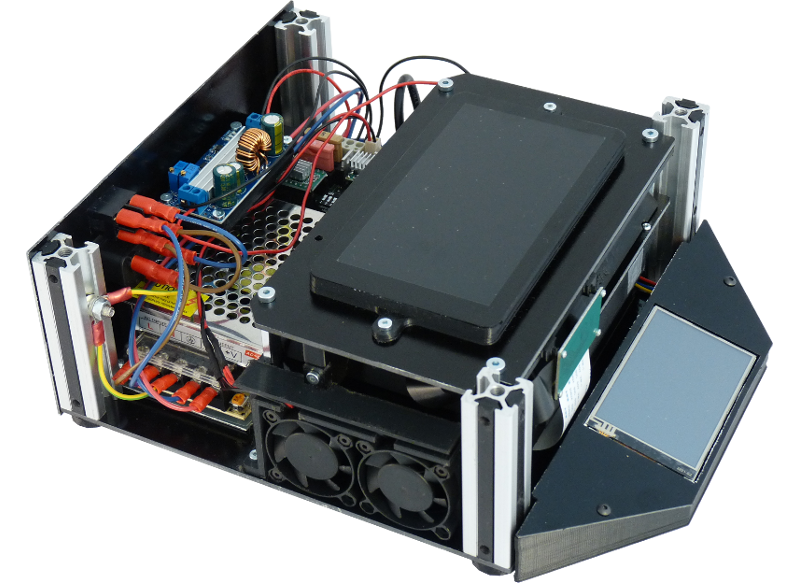 All in all, this is a great tool for power users and small businesses.
All in all, this is a great tool for power users and small businesses.
7. Rhinoceros 3D
Price: 90-day free trial / $995 one-time fee
Platform: Windows / macOS to allow users to manipulate points, curves, surfaces, meshes and solids the way they want. There are literally no limits on complexity, degree, or size outside of your equipment.
It has an extremely detailed interface that can display countless viewports, perspective working views, floating views, clip planes, two-point perspective, and 3D stereo viewing modes. Built-in enhancement tools ensure that the 3D models used throughout the process are of the highest possible quality.
In terms of drafting and rendering, the software facilitates the development of 2D and 3D drawings for every discipline in every notation and visual style. You will be able to control rendering, change shadows and lights pretty quickly.
64-bit support and extended support for graphics coprocessors allowed Rhinoceros to work with large point clouds.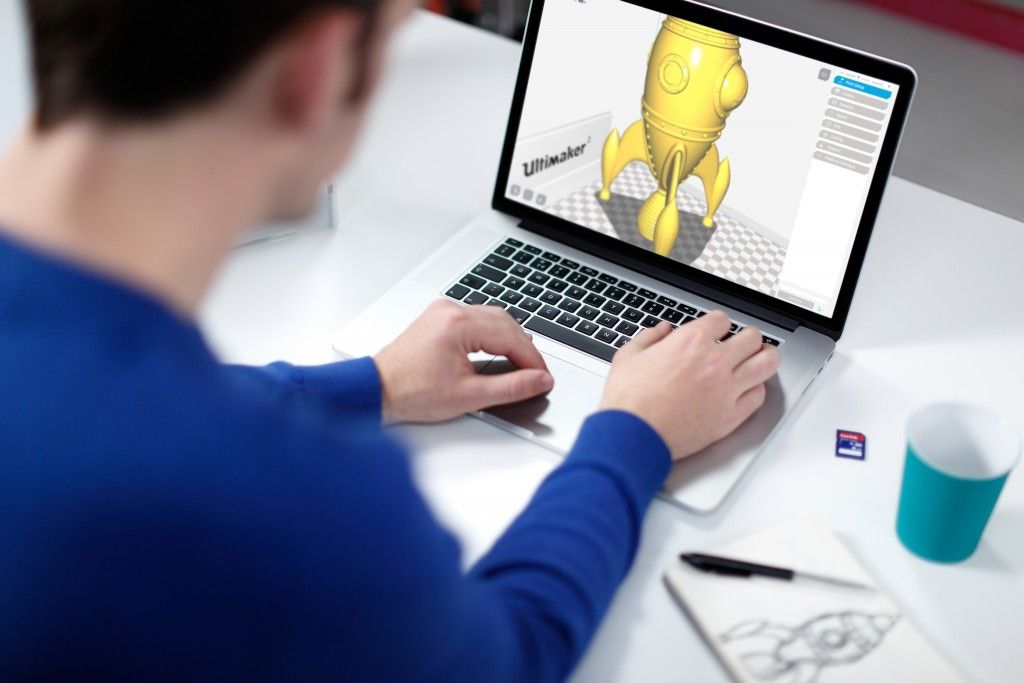 The latest version is compatible with hundreds of different CAD, rendering and animation products.
The latest version is compatible with hundreds of different CAD, rendering and animation products.
6. MeshLab
Price: Free
Platform: Windows | macOS | Linux
MeshLab is an open source program for editing and processing 3D triangular meshes. It contains many functions for checking, editing, texturing, rendering and transforming meshes.
With the visualization function, you can graphically represent the smallest details of a 3D model, control the camera's perspective and use the built-in canonical views. Move different grids to a common frame of reference, restore the shape of any object and easily control its scale, position and orientation.
There are many Photoshop-style filters for adjusting vertex and edge colors, such as brightness, contrast levels, gamma, saturation, sharpening, and anti-aliasing. There are also additional filters for calculating volumetric obscuration and external occlusion and matching them with the color of vertices and faces.
MeshLab work can be traded with other popular third party tools including SketchFab, Autodesk and Blender. This makes it easy to expand your project and work with multiple 3D programs.
TheMeshLab has been used for rapid prototyping in orthopedic surgery, desktop manufacturing, and in many academic and research contexts such as surface reconstruction, cultural heritage, and microbiology.
5. MatterControl
Price: Free
Platform: Windows | macOS | Linux
MatterControl is a comprehensive software package that allows you to design, cut and manage 3D prints. You can browse existing designs (by visiting Design Apps) or create objects from scratch using the Design Tools.
MatterControl has advanced 3D design capabilities that make it easy to create quality models with greater complexity than traditional CAD tools. For example, it has real-time Z-shift modification and built-in controls for dual extrusion using powerful 64-bit processing.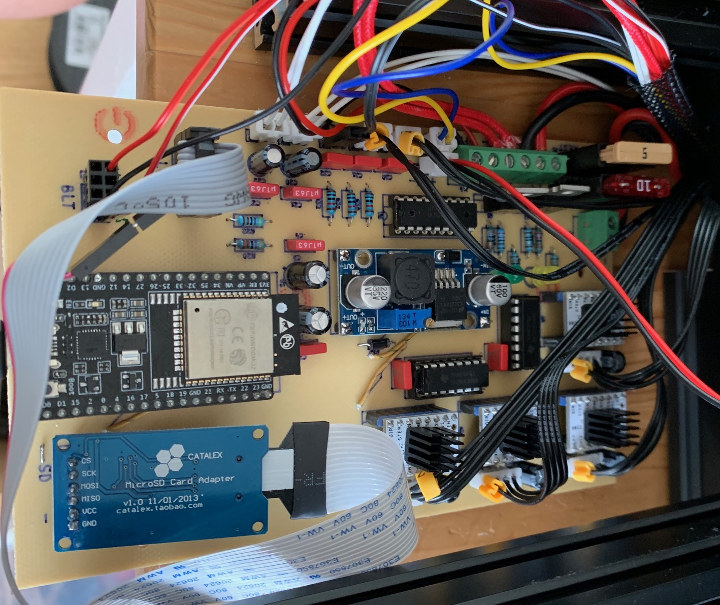
If you have a dual extrusion 3D printer, the software makes it easy to choose which extruder will print certain parts. Once a model is imported or created, you have the ability to remove or replace parts, align them to their origin, and tell the printer which extruder to use for certain areas of the design.
4. SolidWorks
Price: Available upon request.
Platform: Windows
SolidWorks is computer-aided design (CAE) and computer-aided design (CAD) software for Microsoft Windows. It is used by millions of designers and engineers in over 100,000 companies.
Written on the Parasolid core, the software uses a parametric functional method for model and assembly development. It's fairly easy to get to know and comes with a lot of functionality.
Although 3D sketches are available for professional users, most people start with a 2D sketch. A sketch contains geometry in the form of points, arcs, lines, conics, and splines.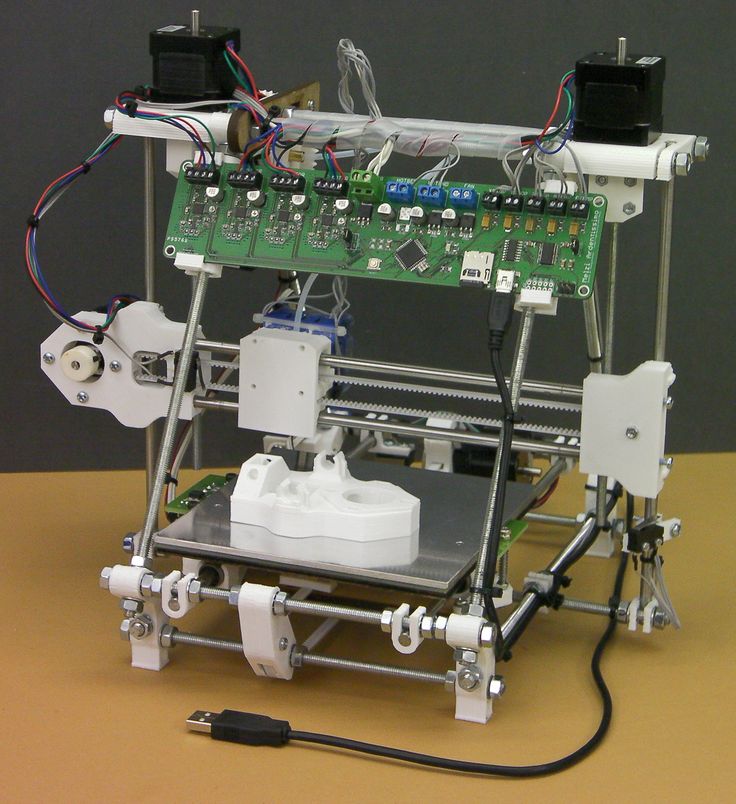 You can add dimensions (to define the location and size of the geometry) and relationships (to define attributes such as perpendicularity, parallelism, tangency, and concentricity).
You can add dimensions (to define the location and size of the geometry) and relationships (to define attributes such as perpendicularity, parallelism, tangency, and concentricity).
The software automatically generates views from a solid model. You can easily add notes, dimensions, and tolerances to your drawing at any time. Your work is saved in the Microsoft Structured Storage file format, so you can open and modify it on other platforms from other vendors.
3. Fusion 360
Price: 30 day free trial | $495 per year
Platform: Windows / macOS
Fusion 360 is a cloud-based 3D CAD software developed by Autodesk. It handles the entire process of designing, testing and executing a 3D structure.
The software offers complete control over form design and provides robust features for creating clean and highly detailed modes. This allows prototyping and validation of designs before rapid production.
You can even digitally simulate your products to ensure they can withstand real conditions.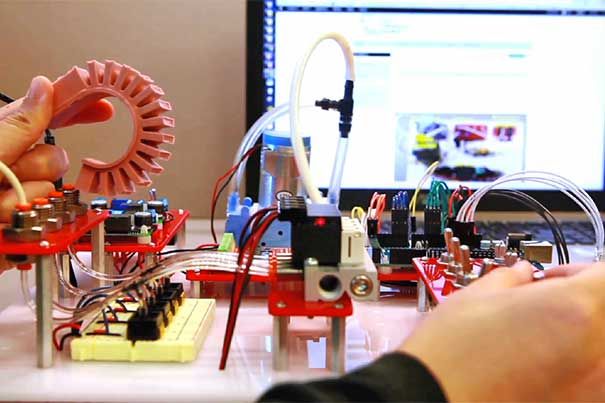 Static Stress and Shape Optimization options allow you to identify stresses caused by static loads on parts and identify unwanted areas in your design for easier weighting. This can greatly reduce the cost of prototyping.
Static Stress and Shape Optimization options allow you to identify stresses caused by static loads on parts and identify unwanted areas in your design for easier weighting. This can greatly reduce the cost of prototyping.
Overall, Fusion's complete set of modeling tools makes it one of the preferred products for designers, mechanical engineers and machinists.
2. CATIA
Price: available on request
Platform: Windows / Unix
CATIA is probably the best 3D printing software for professional users. This means an automated 3D interactive application.
Developed in 1977 by the French company Dassault Systemes, CATIA provides a unique opportunity to model complex products. Over the years, it has evolved into something more than a CAD software package: it is now a software package that includes the capabilities of computer-aided design and manufacturing tools.
The software has a fully loaded library with all the materials needed to develop projects at different scales.